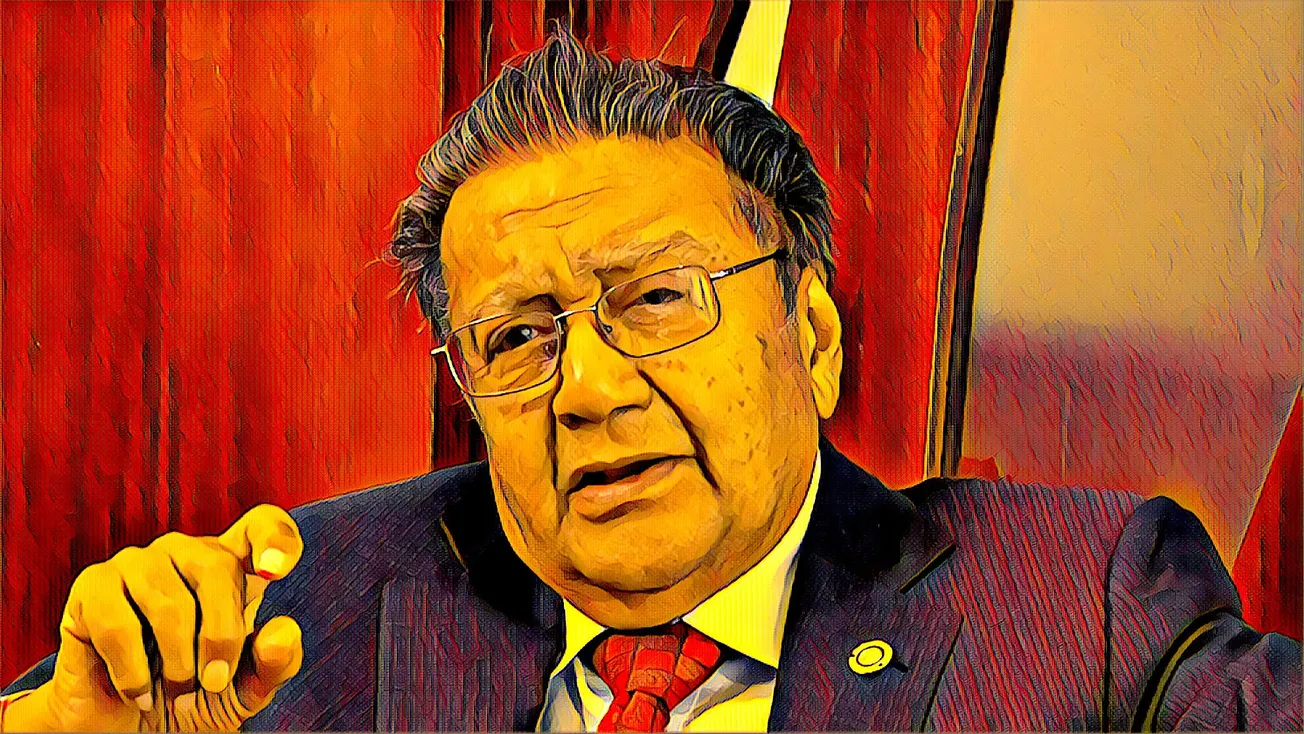Table of Contents
Kenyan industrialist Manu Chandaria has lost the reins of his company, Kaluworks Limited, to the NCBA Group financial services conglomerate.
The company defaulted in the repayment of a $40-million (Sh4.3 billion) debt, as a result of which the NCBA placed Kaluworks under receivership.*
The NCBA has appointed a receiver-manager, Pongangipalli Venkata Ramana Rao, to turn around the firm, or protect its assets, as it moves to recover the debt, Business Daily reported.
The receivership comes months after several lenders, including I&M Bank, scrambled for auctioneers and debt collectors to auction multimillion-dollar properties, including residential and commercial complexes, which had been used to guarantee loans for Kaluworks after the firm failed to honor its obligations.
“Notice is given that the above company (Kaluworks) was placed under administration on May 27, 2021, by the holder of a qualifying floating charge,” Roa said in a statement.
Rao is also a receiver for KCB Group, a financial services holding based in the African Great Lakes region.
Last month, Kenyan Justice Alfred Mabeya restrained him from selling a part of Mumias Sugar following a court petition from 100 creditors who were owed billions by the troubled miller.
Kaluworks Limited
Kaluworks is a manufacturing firm and a subsidiary of Chandaria’s main company, Comcraft Group. The group produces steel, plastics and aluminum products from its facilities in 16 African countries and employs more than 30,000 people in 45 countries. It has battled a debt crisis for several years in its primary market, Kenya.
In 2019, Forbes reported that Kaluwoeks was facing auction over a $60-million debt owed to a consortium of Kenyan banks. The leading financial institutions announced the auction of Kaluwork’s assets in Kenyan newspapers over its non-performing loans.
*Receivership, formally known as administrative receivership, is a legal process whereby a receiver is appointed by a floating charge holder such as a bank or other lender. The receiver then “receives” any of the assets of the company that it can liquidate in order to pay back the lender.










